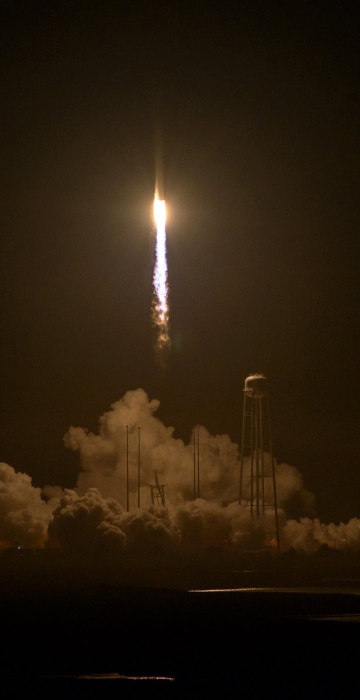
Space
Month in Space: October 2016
Jupiter's sunny side, Kate Rubins returns to Earth, fantastic light trails and more of October's best space pictures.
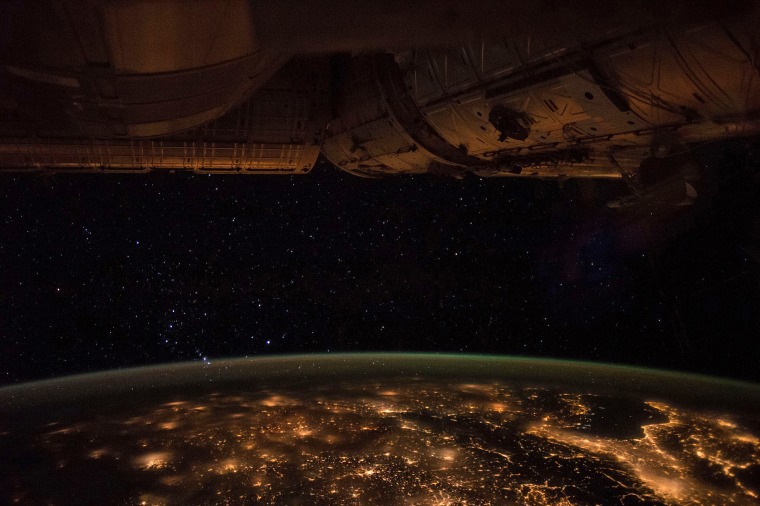
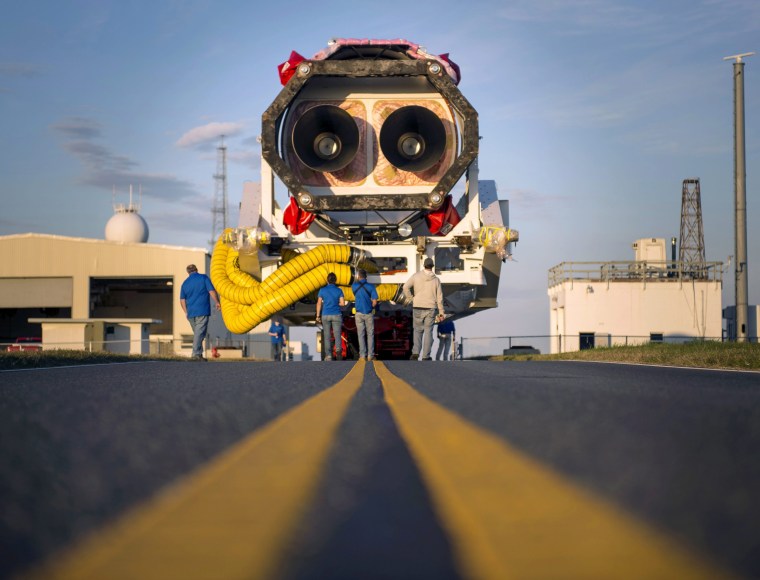
The Orbital ATK Antares rocket is rolled to the launch pad at NASA's Wallops Flight Facility in Virginia on Oct. 13. Orbital ATK's cargo resupply mission will deliver over 5,100 pounds of science and research, crew supplies and vehicle hardware to the International Space Station.


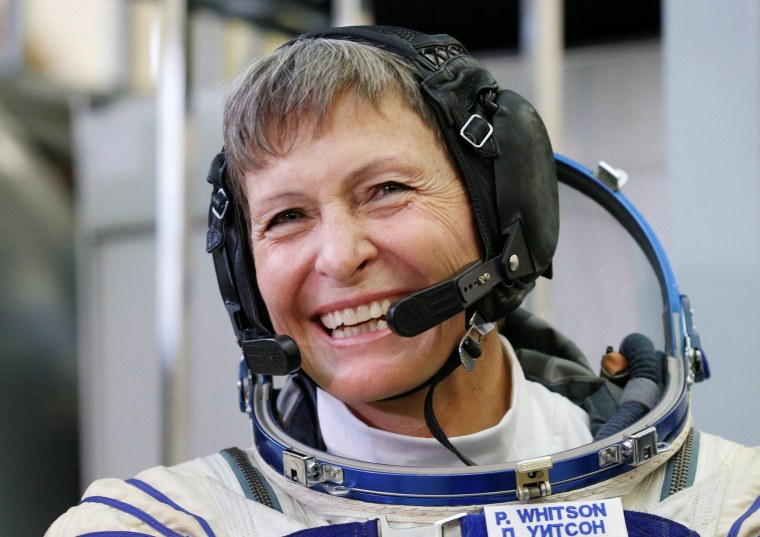
Astronaut Peggy Whitson reacts during an examination training session in Star City outside Moscow on Oct. 25.
When Whitson, 56, launches with two other crew members toward the International Space on Nov. 15, she will become the oldest female astronaut in the world to fly into space. She was part of previous missions to the space station in 2002 and 2007.
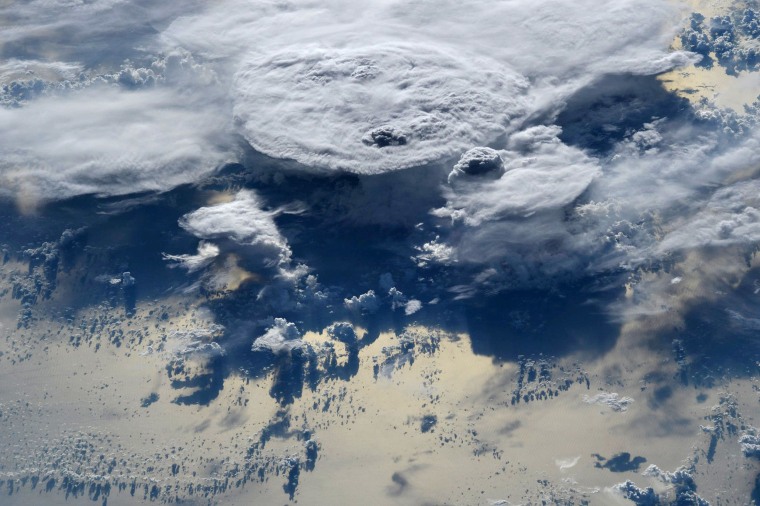
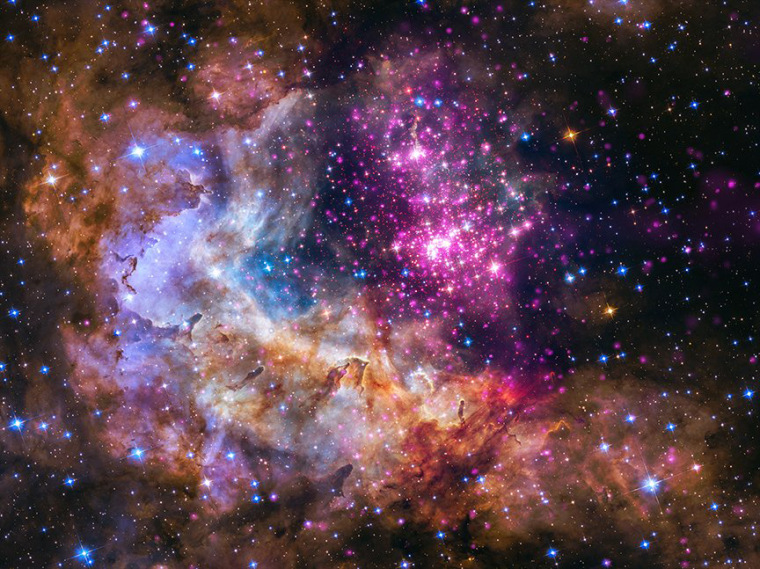
Westerlund 2, a cluster of young stars — about one to two million years old — is located about 20,000 light years from Earth. NASA's Chandra X-ray Observatory released this image on Oct. 14.
Data in visible light from the Hubble Space Telescope (green and blue) reveal thick clouds where the stars are forming. High-energy radiation in the form of X-rays, however, can penetrate this cosmic haze, and are detected by Chandra (purple).
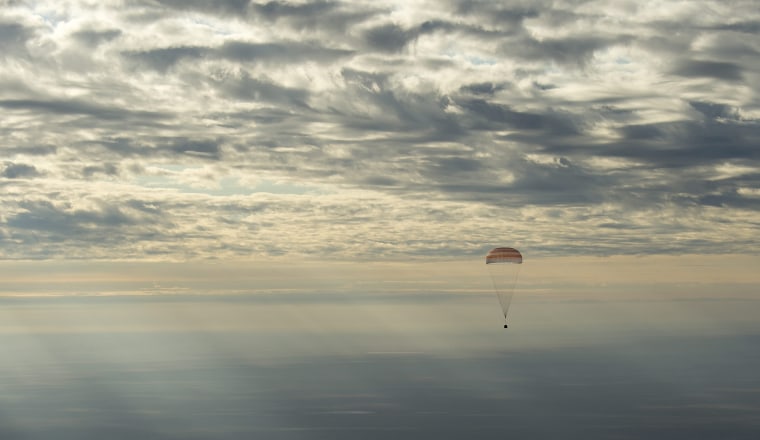
The Soyuz MS-01 spacecraft descends with Expedition 49 crew members NASA astronaut Kate Rubins, Russian cosmonaut Anatoly Ivanishin and Takuya Onishi of the Japan Aerospace Exploration Agency (JAXA) near the town of Zhezkazgan, Kazakhstan, on Oct. 30. Rubins, Ivanishin, and Onishi returned to Earth after 115 days in space onboard the International Space Station.
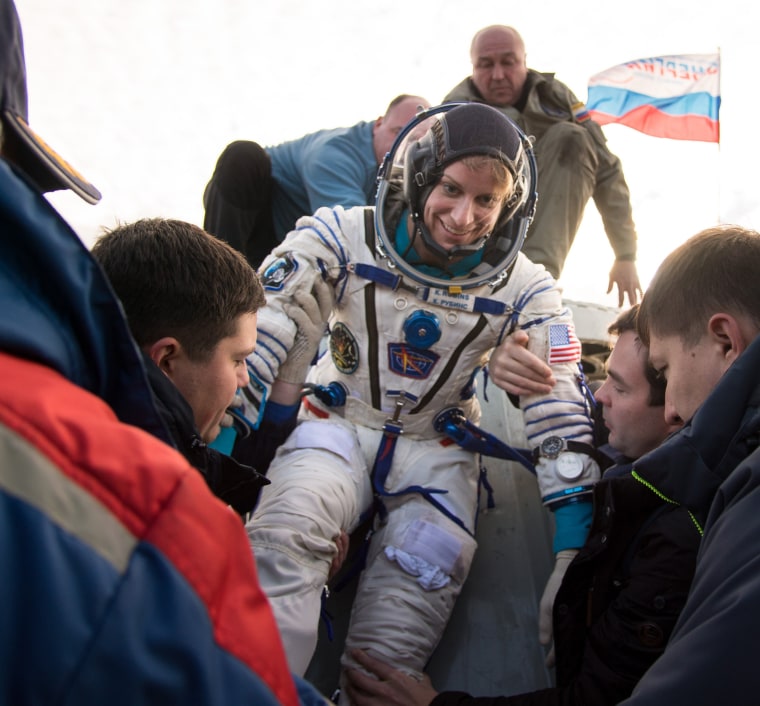
Astronaut Kate Rubins is helped out of the Soyuz MS-01 spacecraft just minutes after she landed in a remote area of Kazakhstan on Oct. 30.
The three-hour ride back to Earth in Russia's Soyuz spacecraft has been called the "ultimate rollercoaster ride." Rubins, a molecular biologist, conducted around 100 different experiments including the effects of gravity on heart cells and bone growth, during her time on the space station.

The European Space Agency's deep-space radio dish spins on Oct. 10 in Cebreros, Spain, as it transmitted an 866 second interstellar message towards the North Star as part of the project, "A Simple Response to an Elemental Message."
A message from contributors around the world — a sort of interstellar time capsule —was transmitted toward Polaris, the North Star, 434 light years away.
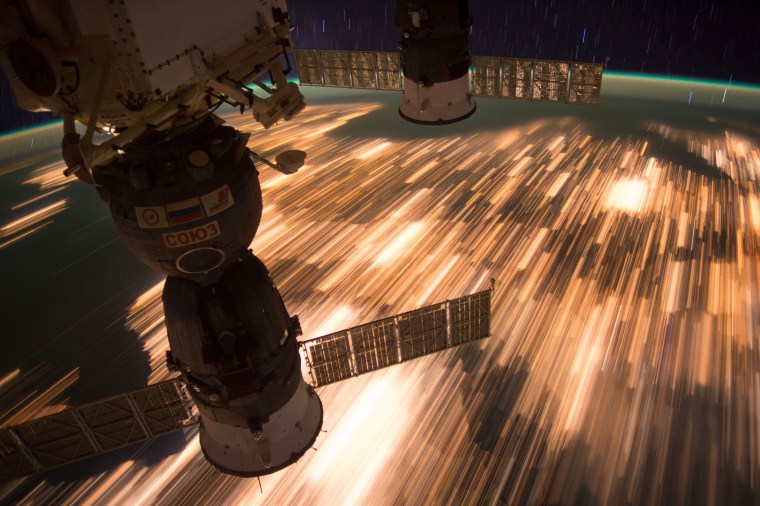
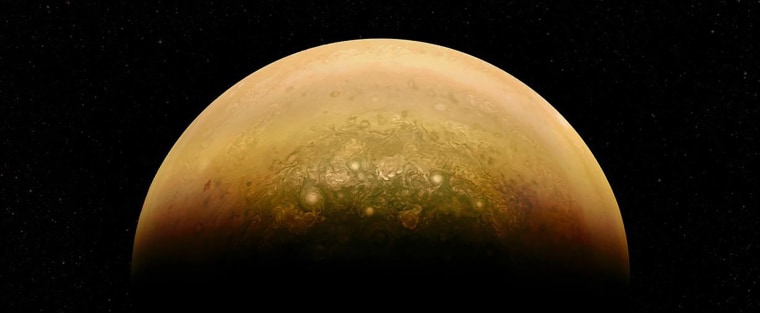
The sunlit part of Jupiter and its swirling atmosphere is seen in this image released on Oct. 21 and created by a citizen scientist (Alex Mai) using data from Juno's JunoCam instrument.
NASA's robotic Juno probe began circling the solar system's largest planet in July, ending a nearly five-year journey through deep space,
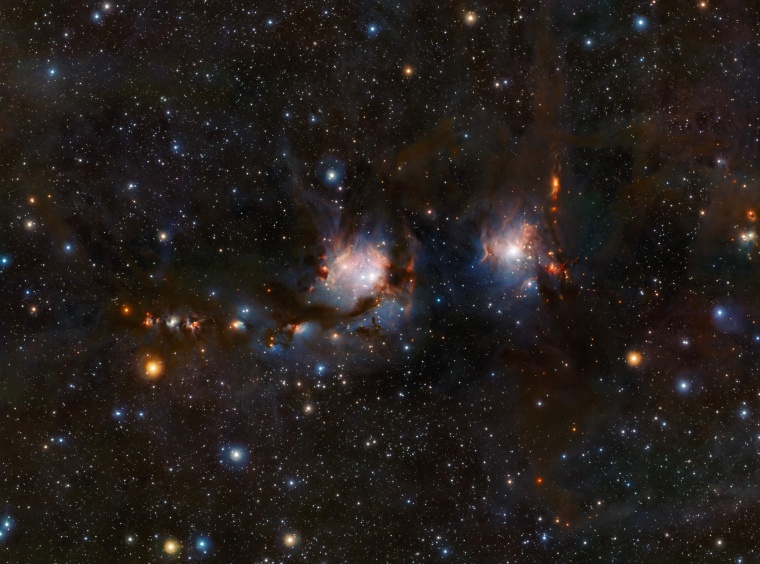
A richly detailed view of the star formation region Messier 78 in the constellation of Orion (The Hunter) appears in image taken with the VISTA infrared survey telescope at ESOs Paranal Observatory in Chile and released on Oct. 5.
As well as the blue regions of reflected light from the hot young stars, the image also shows streams of dark dust and the red jets emerging from stars in the process of formation.
Month in Space: September 2016